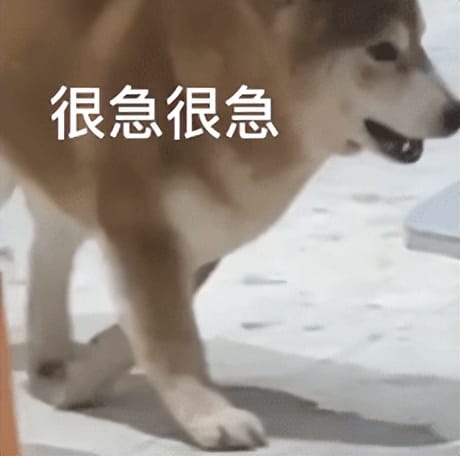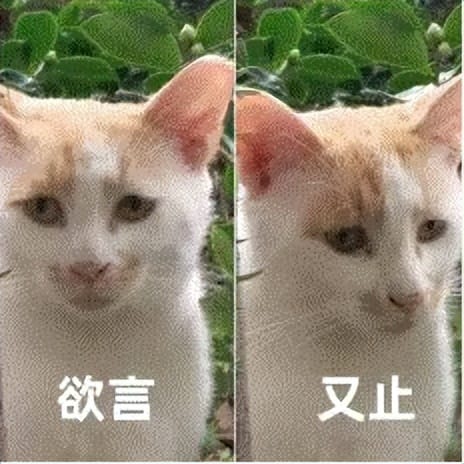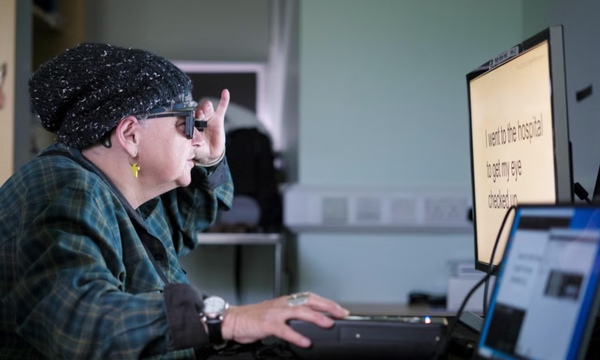OpenAI Reportedly Targeting AI Music Commercialization, Suno First in Line

OpenAI Steps Into AI Music — Is Suno in Trouble?
Bad news for Suno AI — its dominance in AI-generated music has caught OpenAI’s attention.
Reports suggest OpenAI has been collaborating with art schools for quite some time and may soon officially enter the AI music space.
---
The Startup Reality in AI
Valued at around $2 billion, Suno has drawn sympathy from many netizens:
> “In today’s AI world, there’s no such thing as a ‘true startup’ anymore… Whatever you build is just an unannounced ChatGPT sub-feature — and once OpenAI ships it, you’re done.”

For OpenAI’s hundreds of millions of users, however, a music-generation feature would be exciting news:
> “AI isn’t about making music automatic — it’s about giving everyone the ability to express themselves artistically.”

---
Pre-Launch Concerns: Copyright & Musicians’ Rights
With precedents like Sora 2, legal concerns are surfacing before the product is even announced:
> “AI may give bedroom producers blockbuster-level tools, but at what cost? The rise of Suno and Udio has already infringed on many musicians’ copyrights.”

---
Inside OpenAI’s Music Model Project
According to The Information, OpenAI has been quietly preparing an AI music initiative.
Key details:
- Collaborating with Juilliard students to label massive amounts of sheet music.
- Juilliard is often called “the Harvard of the arts”, with alumni such as Harry Potter composer John Williams and cellist Yo-Yo Ma.
- Objective: Use OpenAI’s advanced models to create high-quality music, enabling more automation and personalization in composition.
Possible integration:
The music model could be folded into Sora 2, allowing:
- Automatic BGM generation for videos.
- Adding guitar, percussion, or strings to existing vocals.
---
Exploring the B2B Market
The Information notes OpenAI may target:
- Advertising Agencies, offering:
- Jingle creation from samples or recordings.
- Lyric generation.
- Style imitation based on uploaded videos.
Launch Date: No official timeline yet.

---
The Competitive Landscape
Compared to crowded areas like AI coding, AI music is still relatively quiet.
Market stats:
- The top 10 platforms together hold only ~24% market share.
- No clear dominant player.
Global front-runners:
- Suno – Early leader since late 2023; mission: “Everyone can create music.”
- Udio – Launched 2024 by ex-DeepMind researchers; aimed at professional/semi-professional users.
China’s players:
- ByteDance: Seed Music
- Alibaba: InspireMusic
- Tencent: SongGeneration
- Kunlun Wanwei: SkyMusic
Google’s move:
- May 2024 – Launched Lyria Gen-2 via Google Cloud for advertisers needing commercial soundtracks.
---
Why This Matters for Creators
For independent artists, rising competition can be good news:
> More competition → Faster innovation → More tools & choices for creators.
---
Monetization Opportunities
Platforms like AiToEarn官网 offer:
- Open-source global systems for AI content creation.
- Multi-platform publishing (Douyin, Kwai, YouTube, Instagram, X).
- Analytics & model ranking tools via AiToEarn核心应用.
- Scalable monetization for music producers and artists.

---
OpenAI’s History in AI Music
OpenAI’s music ambitions aren’t new.
2019 – MuseNet
- Based on early GPT extensions.
- Trained on millions of MIDI files.
- Generated multi-instrument compositions (up to 10 instruments, 4 minutes long).
- Style imitation: Beethoven, Chopin.
- Nickname: “Little Mozart”.
2020 – Jukebox
- Trained on 1.2 million songs.
- Produced complete audio with vocals in genres like rock, hip-hop, pop.
- Could mimic voices of artists like The Beatles and Beyoncé.
Limitation: Funding constraints halted progress.
---
Why Now?
After hitting scaling limits in its AGI push, OpenAI pivoted to launch more practical, revenue-generating products to offset high compute costs.
Recent launches:
- Atlas Browser
- Sora 2
- Possible next: AI Music Model
---
Market Readiness
Suno’s business success proves the market potential:
- Subscription model lifted ARR to $150M in 2024 (~4x growth YoY).
- Gross margin > 60% — rare in AI.
Why?
- Audio models are lighter than massive language models → lower cost.
- High willingness to pay → market potential on par with text generation.
---
Existential Risk for AI Startups
When a giant enters your niche, can your moat hold?

---
References
- https://www.theinformation.com/articles/openai-plots-generating-ai-music-potential-rivalry-startup-suno
- https://archive.li/ZiUE5#selection-1517.19-1517.109
- https://x.com/VraserX/status/1981928959597027586
---
Extra Resources for Creators
Check out:
Tip: Staying agile with open-source tools ensures diverse revenue streams — even if tech giants enter your market.


